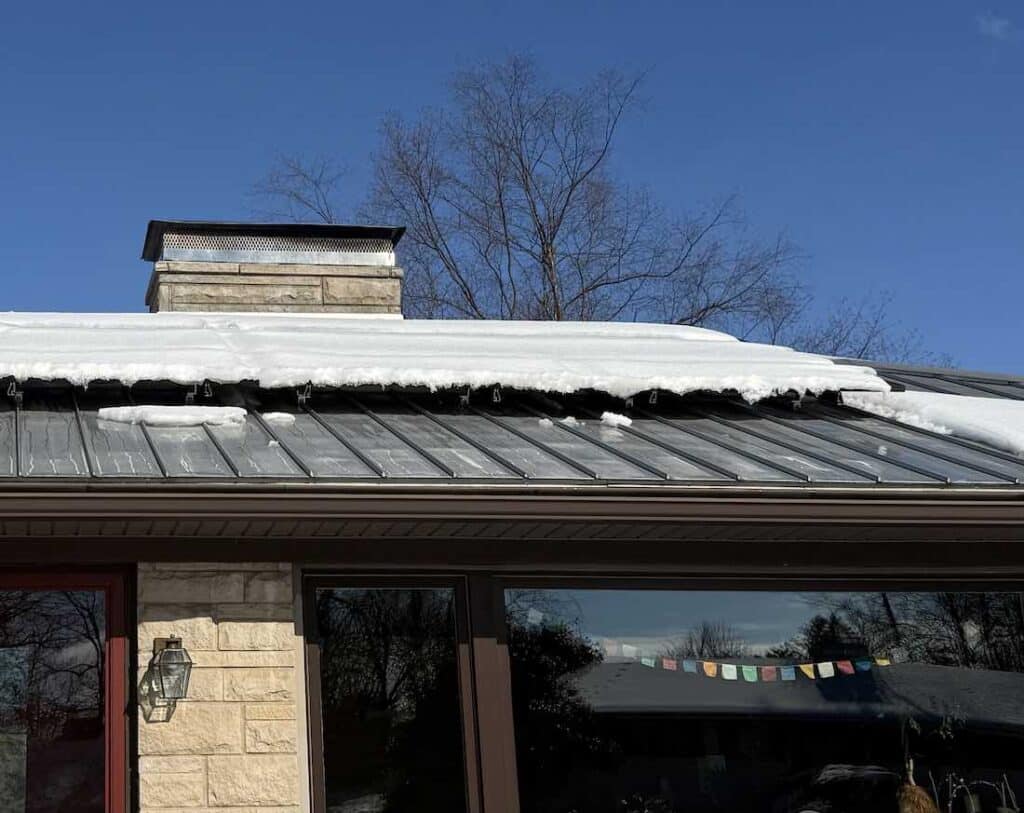
What are Green Building Certifications?
What are Green Building Certifications?
Green building certifications and standards are third-party programs that assess buildings for their environmentally friendly and sustainable design, construction, operation, and maintenance practices. Buildings are usually assessed across several sustainability categories such as material selection, water conservation, energy efficiency, indoor environmental quality, and site development.
The Benefits of Green Building Certification
The construction and operation of buildings generates 40% of global energy-related CO2 emissions each year. While emissions have leveled off since 2015, this number needs to be 30% lower to keep average global temperatures within 2° Celsius of pre-industrial levels by 2030.
• Reduce environmental impact: Sustainable buildings are designed to conserve water, enhance indoor air quality, be energy and resource efficient. Together, these qualities can reduce the carbon footprint and overall environmental impact of a building.
• Decrease operational and maintenance costs: Installing energy-efficient appliances or heating and cooling systems, being strategic about window placement, and creating natural ventilation are all ways that developers can save on utility bills in the future. On average, green buildings save about 14 to 19% on total operating costs per year.
• Increase property value: Certified buildings are more desirable and considered more valuable by investors, tenants, and occupants who prioritize sustainability. This can boost the marketability of a property and increase its resale value should you plan to sell.
• Improve occupant health and well-being: Green building certifications help improve the indoor environmental quality of a building — including air quality, interior lighting, thermal comfort, and acoustics — that affect the way people learn, work, and live. Employers within green buildings often report higher recruitment rates, higher retention rates, and increased employee productivity.
• Achieve regulatory compliance and earn tax incentives: Certification programs often align with or fulfill municipal, state or provincial, or federal requirements for environmental regulations, sustainability targets, and energy codes. This can translate to tax breaks, faster permitting, and project grants for some developers.
Green Building Certification Programs in North America
Passive House Standard
Leadership in Energy and Environmental Design (LEED)
Home Energy Rating System (HERS)
Living Building Challenge
The program has a series of performance-based requirements that address seven performance “PETALS”: Place, Water, Energy, Health and Happiness, Materials, Equity, and Beauty. The “Red List” identifies “worst in class” chemicals to be avoided. To achieve LBC certification, a project must demonstrate its compliance across all seven categories for at least 12 consecutive months.
Sustainable Sites Initiative (SITES)
Well Building Standard (WELL)
the International WELL Building Institute (IWBI) and considers factors that can affect human health across several categories, including Air, Water, Nourishment, Light, Fitness, Comfort, and Mind. Projects pursuing WELL Certification can achieve one of four certification levels: Bronze, Silver, Gold or Platinum. 3. Fitwel
Energy Star Rating System
Fitwel
Green Globes
National Green Building Standard
Building Research Establishment’s Environmental Assessment Method (BREAM)
Platforms to find and share Healthy Building Products GreenGuard
Declare
All active Declare labels are accessible on a free and searchable database. The database is used by leading designers, large real estate owners, and conscientious homeowners to specify products they know they can trust and that meet the requirements of leading green building standards, including the Core Green Building, LBC, LEED, and WELL Certifications.
By facilitating and simplifying the exchange of complex ingredient information, Declare has positively changed the materials marketplace to enable the creation of buildings that support human and environmental health.

Solar Panel Snow Removal
Winter can be a tough time for solar panel owners. Snow can build up on your panels, blocking sunlight and reducing your energy production, and with ice there is the risk of damage through added weight. In this blog post, we’ll discuss the impact of snow on solar panels and methods of snow removal.
Why Is Solar Panel Cleaning Important?
Solar panel cleaning is important to ensure optimal solar energy production. Snow, dirt, dust, leaves, bird droppings and other debris can all reduce the absorption of light and cause a decrease in the amount of electricity generated. Even a thin layer of dirt can reduce the output of a solar panel by up to 25%. In addition, snow and ice can cause corrosion and damage to the panels, decreasing their life span. To ensure that your solar panels are working at their peak efficiency it is important to clear them regularly regardless of the season, but especially so during winter months.
Here’s my home in Lexington, KY in early January 2025. We got some unusually wet and heavy snowfall and my solar panels stayed covered for several weeks while the sun returned. I was able to check the solar energy production via my smartphone and my energy output had dropped about 95% since the snow first landed.

Snow stuck on panels will dampen your energy production
The Impact of Snow on Solar Panels
Snow can have a significant impact on the efficiency of your solar panels. According to the National Renewable Energy Laboratory (NREL), a single inch of snow can reduce solar panel output by up to 35%. This is because snow blocks sunlight from reaching the solar cells. But in reality, the number is far higher if the snow is thick and a little icy. Energy production can drop as much as 90% in the winter months from a combination of snow, less hours of sunshine and cloudy weather.
In addition to reducing energy production, snow can also damage your solar panels. The weight of snow can cause the panels to bend or crack. Snow can also trap moisture, which can lead to corrosion and other damage.
Tips for Snow Removal
- Be sure to remove snow from your panels as soon as possible after a storm. The longer snow stays on your panels, typically the harder it is to remove.
- Be careful not to damage your panels when removing snow. Use a soft-bristled broom or leaf blower.
- If you have a large solar system, you may want to consider installing a snow melt system. This will help to prevent snow from accumulating on your panels.
Methods of Snow Removal
There are a number of ways to remove snow from your solar panels. The best method for you will depend on the size of your system and the amount of snow you get.
- Manual removal: This is the most common method of snow removal. You can use a soft broom or leaf blower to remove snow from your panels. Just be sure you are safe on your roof and do not attempt to remove snow during active snowfall days. Wait until the snow has settled.
- Automatic Tracking: If you have solar panels that can move to steeper angles, snow will slide right off on it’s own accord. More advanced solar panels typically have a mechanism where you can control the angle to face the sun best, this also doubles as a method to drop snow off the surface of the panel.
- All-Weather Panels: all-weather panels are equipped with a sophisticated sensor that can detect when there is snowfall. Once the snowfall is detected, the panels activate the heater automatically, melting the snow and allowing the solar panel to capture and convert the sunlight into energy. This allows the solar panel to remain operational and generate electricity.
- Automatic snow removal: If you have a large solar system, you may want to consider an automatic snow removal system. These systems use a variety of methods to remove snow from your panels, such as melting snow with heated water or blowing snow away with air.
- Professional snow removal: If you don’t want to remove snow from your panels yourself, you can hire a professional snow removal company.
- Landscaping Pro – Lexington Snow Removal service – https://landscapingproservice.com/ice-and-snow-removal/ky/lexington/solar-panel-snow-removal
There are some important things NOT to do in snow removal from your solar panels.
- Do not use hot water to wash away the snow. Uneven heat and cold will damage the photovoltaic modules.
- Do not walk on your panels
- Do not go on the roof during active bad weather situations. It can be dangerous and slippery.
- Wear appropriate gear when removing snow from your panels, such as gloves and boots.
- If you are using a ladder to reach your panels, be sure to use proper safety precautions.
- If you are not sure how to remove snow from your panels, it is best to hire a professional.
